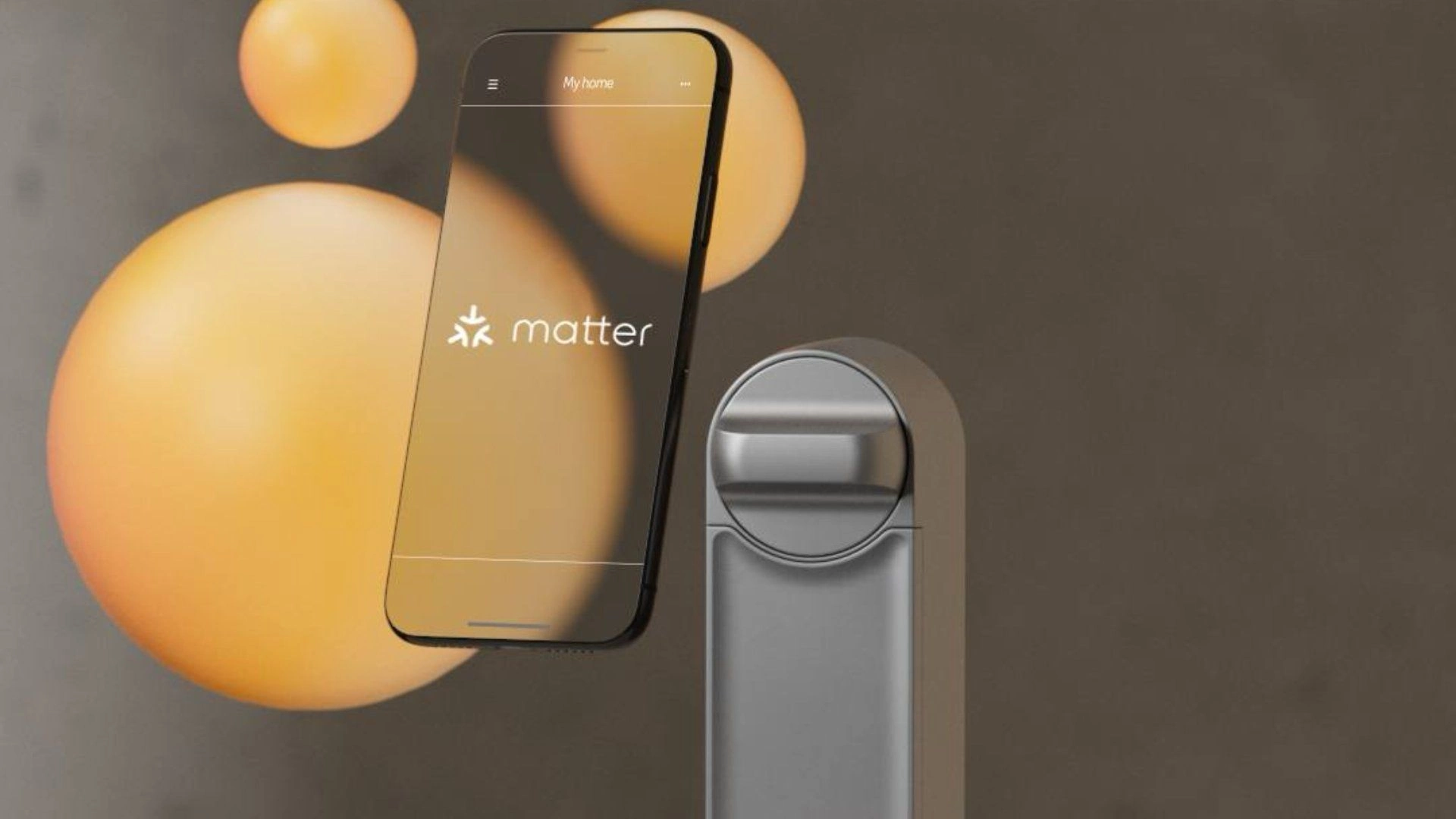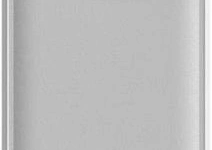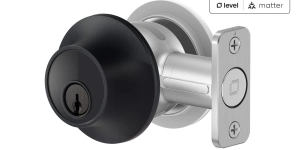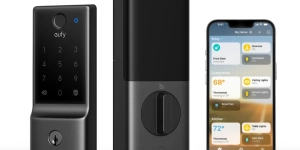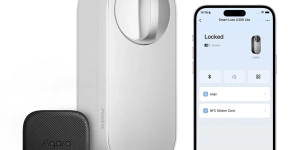Smart locks are no longer a novelty. They not only secure single family home and apartments, but also businesses, temples and schools. What is novel is their growing use of Matter.
As Matter connects to more of our devices, can we trust this connection not to make us vulnerable? Yes, for the most part.
Matter connections are encrypted
A smart lock's connection via Matter is encrypted, meaning all the data transmitted from your lock to your phone or smart hub is scrambled and unreadable. In the past, cryptographers coded messages by hand. Now computers, even the tiny ones inside of smart locks, can do this work using calculations that are significantly more complex.
Matter utilizes AES encryption to shield what your devices are saying to each other. AES stands for Advanced Encryption Standard, and it is popular for being the encryption standard adopted by the US government. Such encryption makes the Matter connection, frankly, more secure than the lock itself. 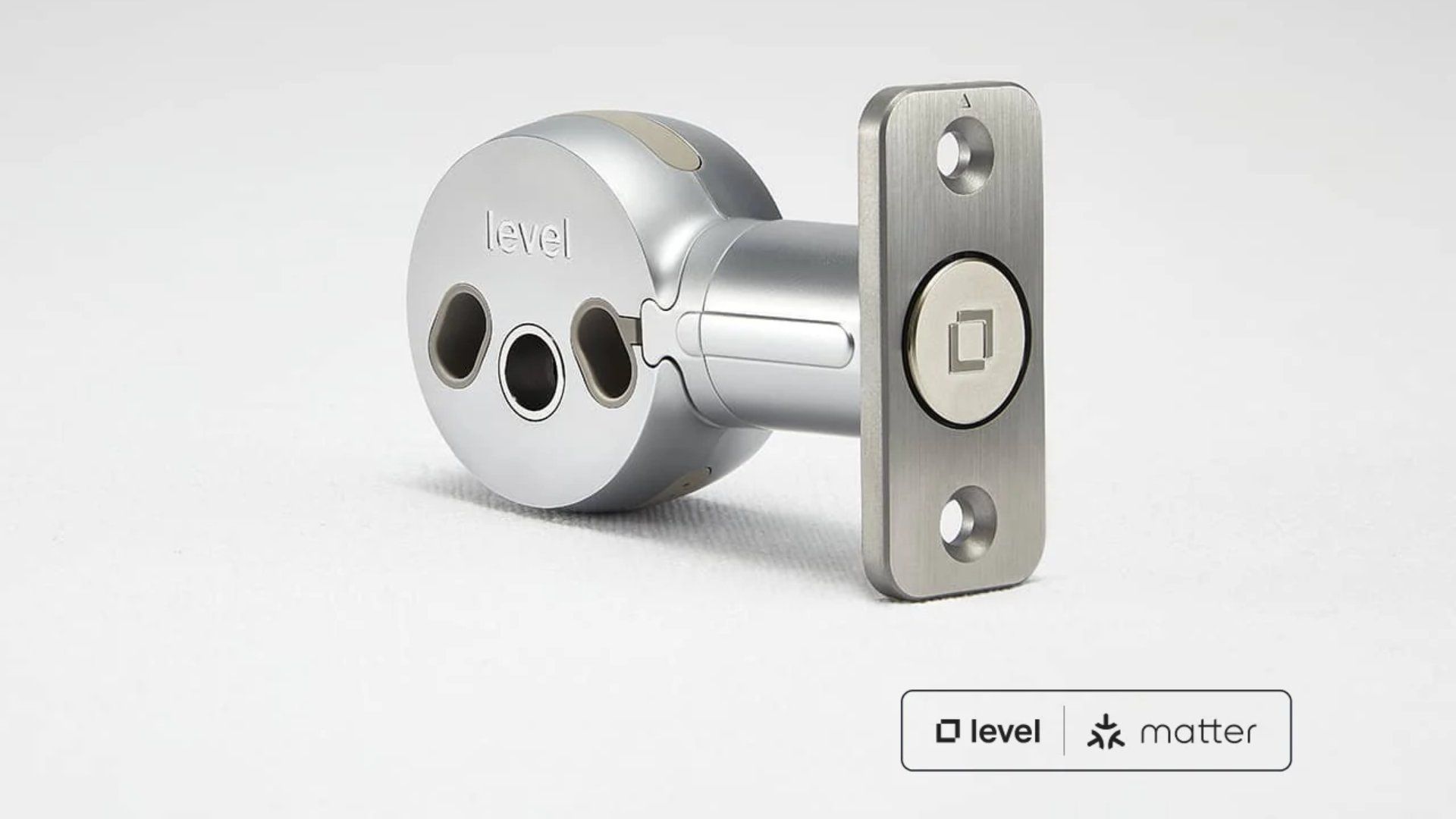
Matter also follows other security best practices
An encrypted connection isn’t the only line of defense that Matter has put up. Each smart device is effectively a small PC. Each may have a secure, encrypted enclave for storing data such as network names and passwords. They use public keys and certificates, the same technology websites use to verify that when you type or click a URL, you actually end up at the right place.
Matter devices must also be able to receive over-the-air updates, which enables security patches to come in as any vulnerabilities are discovered. Such updates can also deliver new features, such as the Level Lock+ getting a Matter-over-Thread update.
Many also have a physical keyboard or a keypad
Smart locks that support Matter don’t exclusively allow access via Matter. Some are higher-end locks that pack all the bells and whistles. This allows maximum convenience, since you can pick the authentication method that works best for you. But as is often the case with security, convenience comes at a cost.
Each additional way to open a smart lock is another potential way to break in. A physical key lock can be lock-picked or broken with brute-force. Adding a keypad opens up the possibility of guessing or observing the PIN. Biometric locks introduce the possibility that someone can spoof a fingerprint or face. The addition of a Wi-Fi connection that enables access from an app opens up the possibility that someone may access the lock remotely.
You can see most of these features on locks such as Anker's Eufy Smart Lock E31.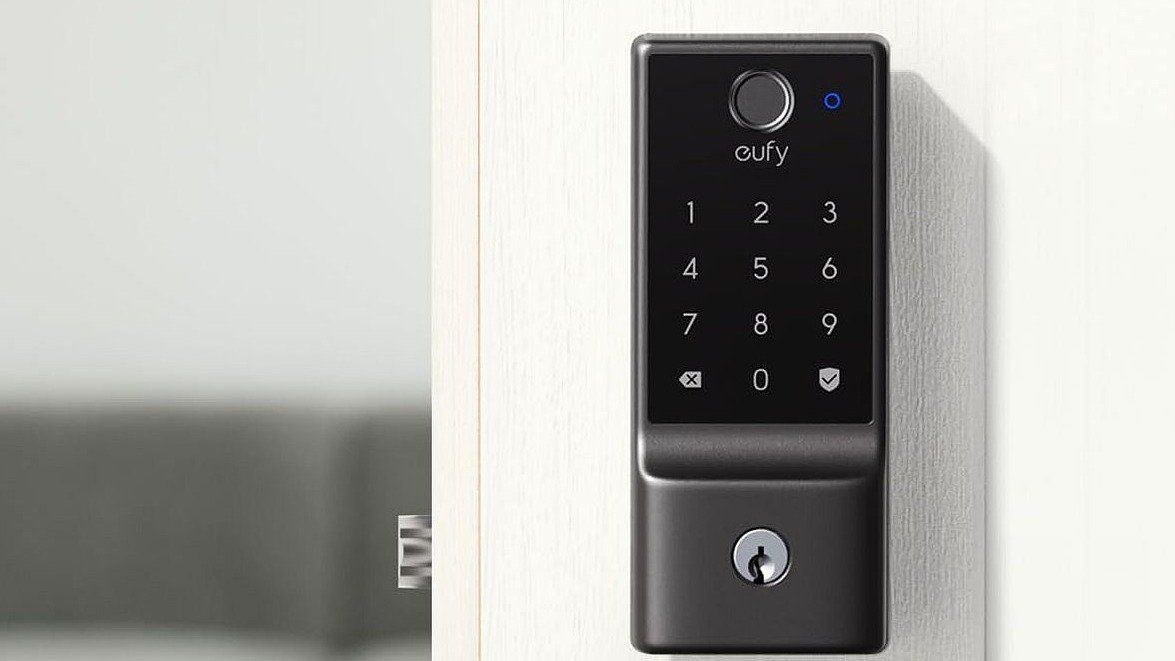
Yet for smart locks with a physical keyhole, it’s far easier to learn how to pick a lock or break in using a power drill by watching a YouTube video than it is to circumvent biometrics or remotely access a lock. Retrofit Matter-compatible locks like the Yale Linus Smart Lock L2 are only as secure as the exterior lock they're connected to.
The human element may be the weakest link
The biggest hole in Matter’s security may be outside the Matter developers’ control—the unpredictable human element. How many people do you share access to your smart home hub with? Who do you provide with a digital key? And do you remember to revoke this access when a guest leaves or, sadly, a relationship comes to an end?
As you consider the best Matter-compatible smart locks, your biggest concern may not be who is able to break in, but who you’ve once welcomed.
